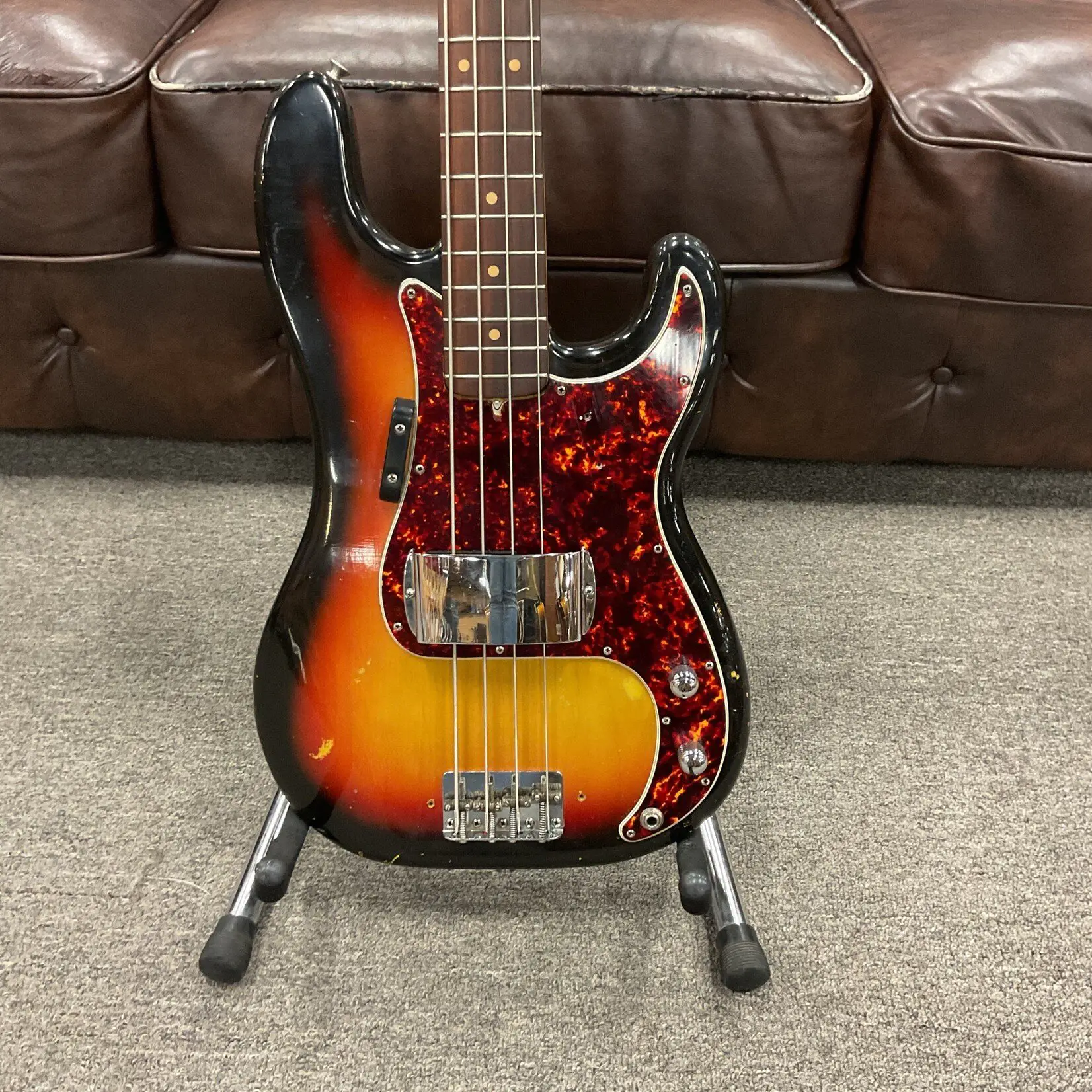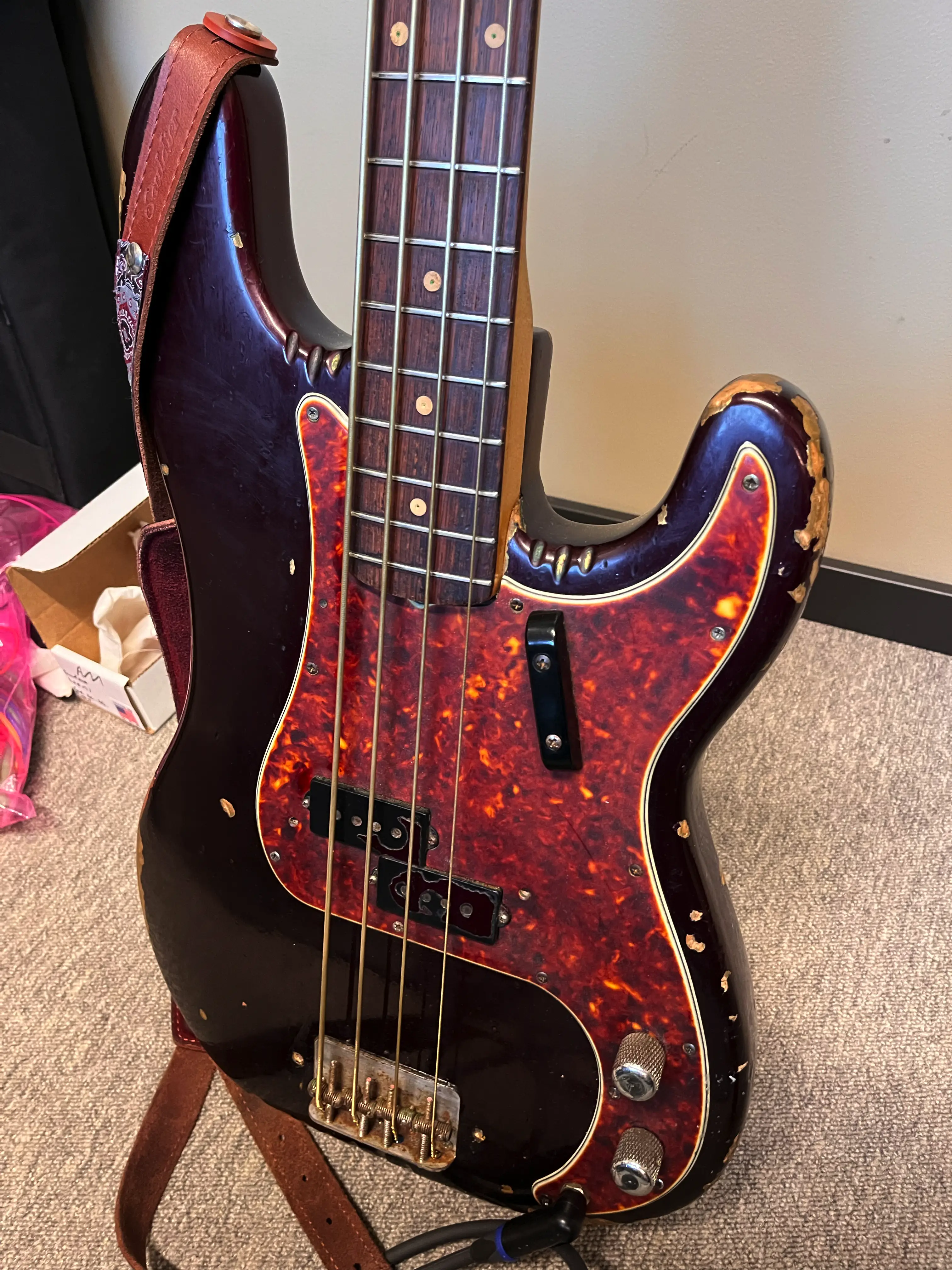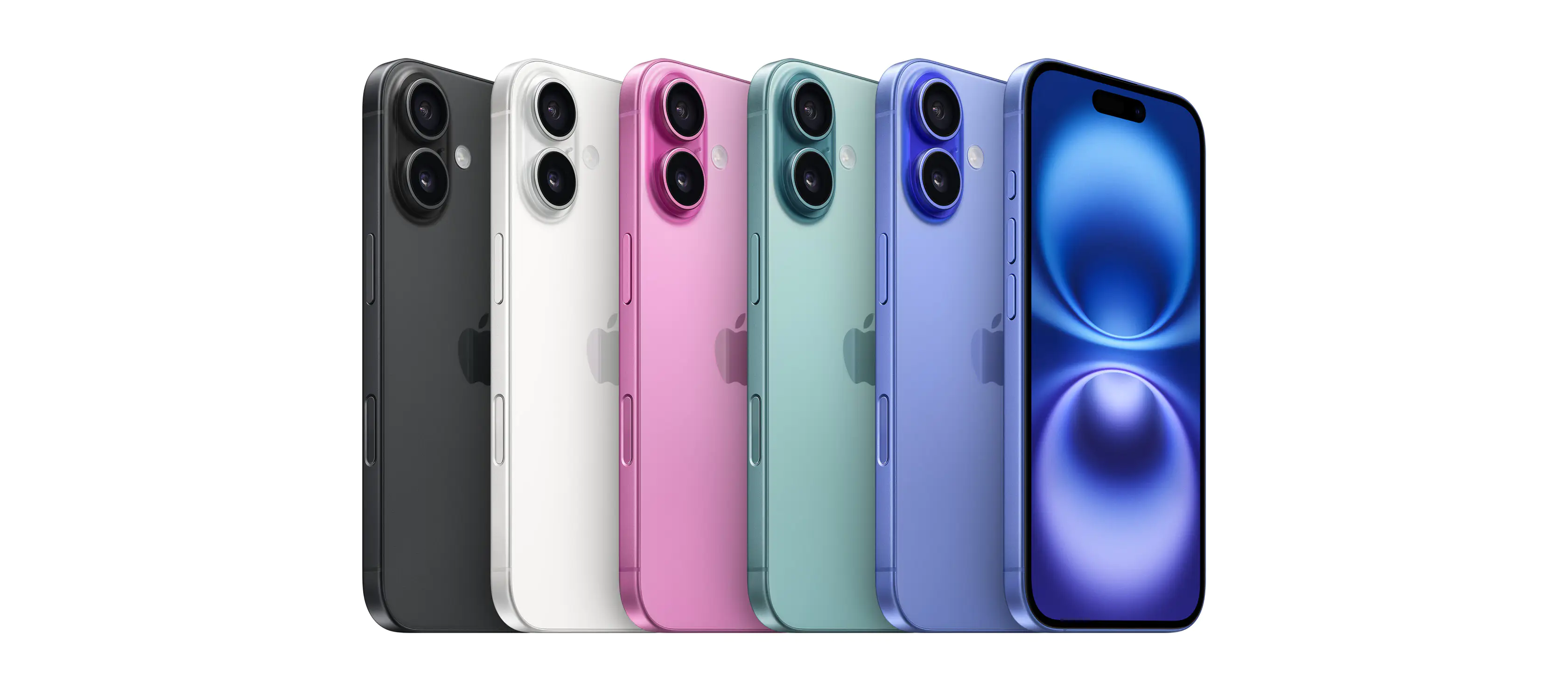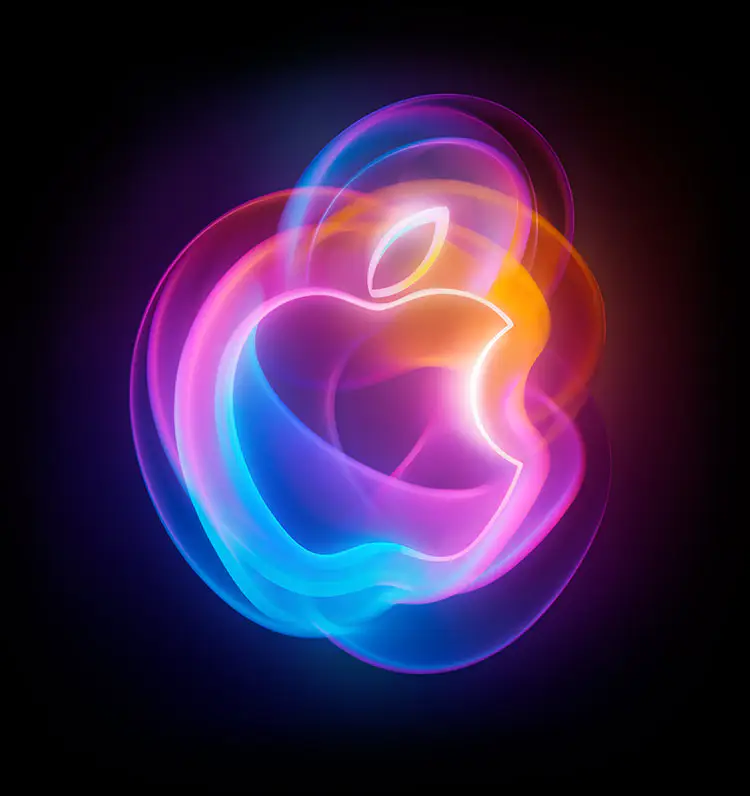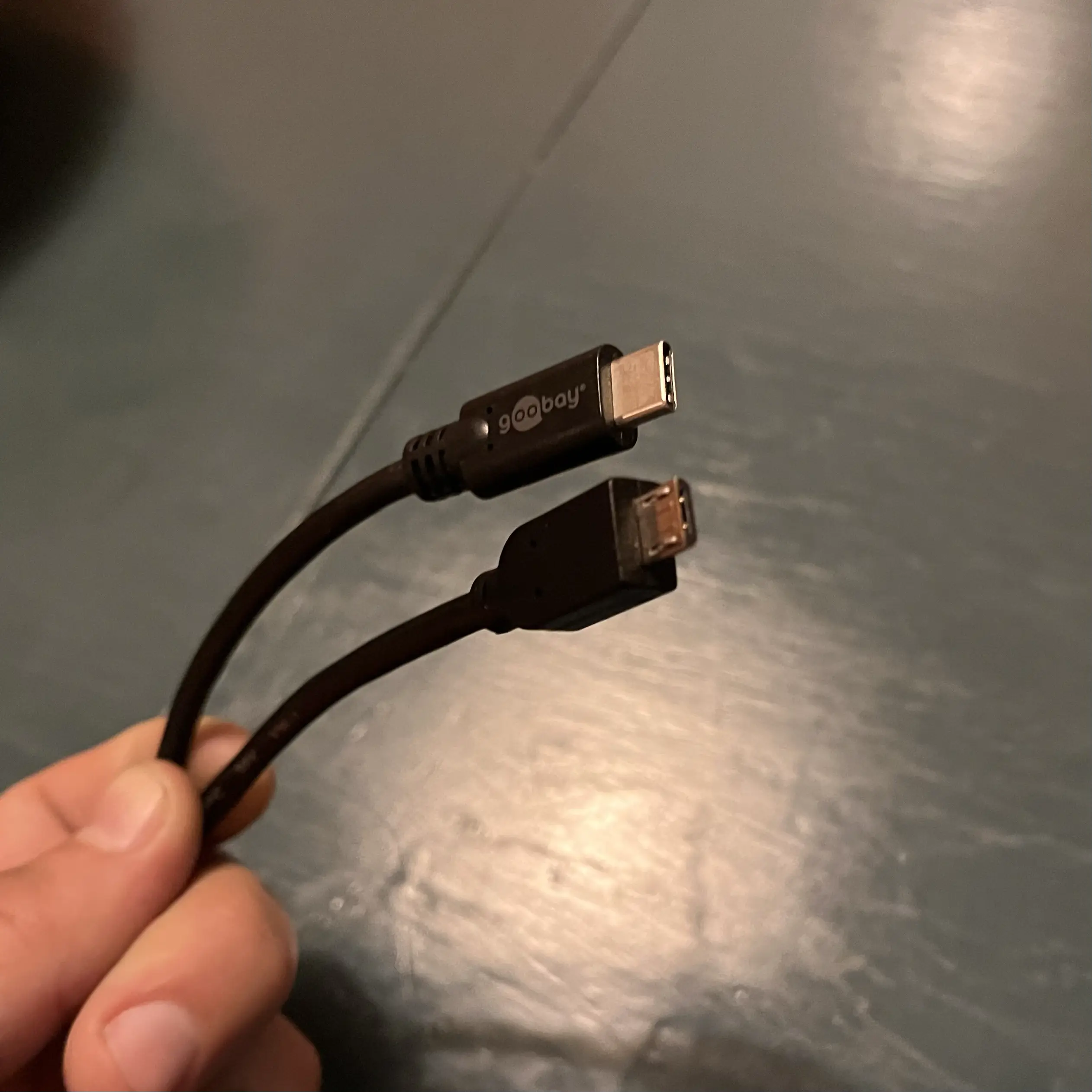The Story of My 1962 Bass Guitar
My Most Treasured Possession
In 2010, I went on a school trip from Norway to Los Angeles. I wanted a new bass, so I took a chance, and sold both basses I had at the time, to have funds to spend in L.A.
I was looking for a P-bass
But after not finding anything interesting in Guitar Center and other “regular” music stores, I searched online. There I found a store called Norman’s Rare Guitars. I didn’t know it at the time, but it’s one of the world’s most highly rated vintage shops – and they had a real bargain. You see, Fender instruments from the early 60s are expensive – especially the “Pre-CBS” ones.1 To put things into perspective: Norman’s have one currently, in great condition, which they want $10,900 for!
The one I ended up buying was even older, from 1962, but “only” $3,000. Not only that, the currency rate was much more favourable, from Norwegian Kroner, at the time. I paid what today would be $1,700.
Why it was so much cheaper
The guys as Norman’s said that the bass spent most of its life in the possession of a man they know who was. However, he wasn’t a stranger to experimenting with chemistry and his own blood – and the bass bears witness to this.
Here’s what I know about originality
I know that the volume pot is new (as I’ve swapped it myself) – and I don’t think the knobs are original.2 The rear strap button has been moved (to accommodate the heavy tuners). The headstock strap button is missing, alongside the pickup and bridge covers. However, as far as I know, the rest is original: Neck (more on this later), thumb rest, bridge tuners, pickup, and electronics.
As mentioned, my bass used to look like the one in the image above here – same finish and all.3 But now, and when I bought it, it looks like this:
🌱 My App Defaults
Extremely late to the party, I finally got around to write about my app defaults. A bunch of these are paid apps I probably wouldn’t prioritise if I didn’t already subscribe to Setapp 🖇️ – so keep that in mind. I’ll also give alternatives places where I remember some.
Click here to see the hardware I use this software on!
Lastly, I know that these posts are “supposed” to be simple lists – but I thought I’d add a bit more info.
Systems and productivity
📓 Notes, tasks, and writing
I want to get this one out-of-the-way first, as it’s the most complicated one. (The other entries are much shorter!)
All my notes, tasks, and writing is in a bunch of Markdown files held within NotePlan. But these are also local files I can access with other apps, write to with automation, etc.1
I prefer to do as much as possible with Paper, which is a super slick Markdown editor. So I use this for writing of blog posts, note-taking, sticky notes, as the default app for random .md files, etc.
I use Ulysses to edit and publish blog posts to Micro.blog.
And occasionally, I’ll use TaskPaper to manage more complicated projects – but as mentioned, all of these apps points at the same NotePlan files!
This is from NotePlan, and I’ve added one extra feature to every task down the list – and as everything is plain-text, I can add it from wherever.
- Farta means “out-and-about” in Norwegian, and is a tag list I use for things I can do if I’m driving around.
- If I add a time, and the task is in a daily note, I’ll get a reminder notification at that time.
- I can add a date at the end, to move it to a daily note (to give me the notification if I’m not in a daily note, or to schedule it for another day).
- You can also create time blocks, by adding an end-time.
I also really, really like Bike Outliner – but I struggle getting it to fit into my workflow. I also dabble in Tot, when I need stickies that stay on-top.
📖 Journaling
I absolutely fall into this cliché: I wish I journal more than I do. But when I do, I do it in Everlog. I like that it’s Markdown and linkable.
📅 Calendar
I use BusyCal. It’s way cheaper than Fantastical (and included in Setapp), while being almost as good. (There are some things I prefer in BusyCal, as well, actually.) I think this is a nice sweet point if you want something a bit more powerful than Calendar.app, but don’t want to pay Fantastical money.
🌦️ Weather app
Here’s a great tip (that probably mostly Norwegians know about): Here in Norway, we have a publicly funded weather service, called Yr (which means drizzle). It’s good, completely free (and without ads), and has good apps for both Android and iOS. And guess what: It’s available in English as well!
Pronunciation guide: The y is a monophthong, that sounds like the ui sound in “build”.
🛒 Shopping list
My wife and I use Bring, which is a great little uni-tasker!
📮 Mail server
I host through Fastmail 🖇️. I go into why here.
📨 Mail client
My Take-Away From the iPhone Event: This isn't a "Pro year"
A friend of mine had to buy a new iPhone a couple of months ago – and I liked his phrasing while asking me for advice: Is this a “Pro year”? Now, to some, the things you always get with a Pro phone are so important that every year is a Pro year. But I’m discussing how much you get for your money with the upgrade – because this will vary from year to year.
To be clear: I don't think most people should buy new phones more often than every 3-5 years. But as that interval will hit many people every year, it's still always valuable to analyse this year's phones.
However, I'll be holding on to my precious 13 Mini for at least another year! 💪🏻
So, while we haven’t seen any reviews of this year’s models, to me, it seems like last year was a “Pro year”, while this year isn’t. Let’s find out why.
These are things that are the same – things you’d get for the upgrade last year, and still get this one:
Both from 15 to 15 Pro and from 16 to 16 Pro:
- ProMotion display (high/variable refresh-rate)
- Always-On display
- Added Telephoto camera
- Night mode portraits
- Support for Apple ProRAW
- Faster USB-C speeds
- Aluminium → Titanium (With increase weight as well, though.)
- LiDAR Scanner
Going from 16 to 16 Pro
In addition, the aforementioned stuff, this year you also get:
Summarised – This Year's iPhone Changes
While working on a different blog post, I made a list of changes to the different iPhone models. Instead of just scrapping it, I thought I’d post it here.
Improvements across the line(s)
- Camera Control button added
- Support for Dolby Vision video
- Latest generation Photographic Styles
- Anti-reflective lens coating
- Improved glass
- Faster MagSafe charging
- Lower minimum brightness
- A bit longer battery life
iPhone 15 Pro → 16 Pro
- Larger screen size, from 6.1" to 6.3" / /6.7" to 6.9" (A negative in my book, but not in most’s, I assume.)
- Upgraded chip, from A17 Pro to 18 Pro (Doesn’t seem like the largest bump.)
- Improved thermals
- New ultra-wide camera (Seems substantial!)
- The non-Max also gets last year’s 5x tele lens
- Improved microphones
iPhone 15 → Iphone 16
- Upgraded chip, from A16 to A18 (All-new architecture – more substantial upgrade.)
- More RAM, from 6 GB to 8 GB.
- Support for Apple Intelligence (Due to the last two things mentioned.)
- Added Action button
- New ultra-wide camera (With support for Macro photography – but not as large an upgrade as on the Pro.)
- Support for spatial video
- Thread radio
- 1 whole gram lower weight (🤓)
Anything I missed? Feel free to let me know!
My recommendation is that it seems like the iPhone 16 (regular model) is the best buy at the moment. And that the €100 higher price compared to buying last year’s iPhone 15 is well worth it. (Where a used 15 Pro fits in the calculation, is a more complicated question!)
I Love My Little Charging Bundle
I recently wrote about not needing USB-A, and mentioned the USB-C Lifestyle™️. That reminded me of a little bundle of cables I always keep in my backpack. So here are some …
Advice for frustration-free charging
1) Buy extra
Here’s my bundle:
The trick is that I don’t need any of these elsewhere – they are extra. I have other chargers in my office, next to my bed, etc. I get that this is a bit more wasteful than just having one charger that you move around everywhere. But I think this is resource spending that’s worth it – and hopefully the devices you buy don’t come with (sub-par) chargers you don’t need. Furthermore, try to keep chargers for a long time.
2) Think about colour and texture of the cables
These are the cables in the bundle:
- USB-C, 3 meters (black, braided)
- MagSafe for Mac (light gray, braided)
- Lightning, 1 meter (white)
- Micro-USB (black)
As you can see, all of them have a different combination of colour and texture. This makes it easier to pick out the correct one!
3) Don’t buy “original” chargers
In general, buying “original” accessories will give you something that might be pricier, but at least is among the best. But when it comes to chargers, and especially compared to Apple, the third-party chargers are objectively better. The reason being that Apple doesn’t use GaN, a relatively new technology that allows for significantly smaller size to power ratio.
Mine’s a 65 watt Anker charger 🖇️, that I really like. Because while I don’t necessarily recommend getting chargers from Apple/Samsung/etc., I do recommend getting a “name-brand” one. Anker is a brand I’ve always been pleased with, so I haven’t tried many others. But I think Ugreen and Belkin might be decent as well. Would love to hear about it if you have other recommendations I can add here!
4) Get enough wattage, but not more
No, You Don’t Need USB-A on Your Desktop Computer
The first redesign in a decade for the Mac Mini is near. And the rumours point towards Apple removing the USB-A ports on the current models, in favour of USB-C ports. And to the surprise of no one, people are moaning about losing their precious ports, as if they were buying a laptop in 2016.
But, just like Freedom …
USB-A isn’t free
First, let me be clear: I’m not discussing the number of USB ports – I’m discussing the types. So, for instance, I’m evaluating 5 USB-C ports vs 3 USB-C ports and 2 USB-A ports.1 So “just keep the USB-A ports” wouldn’t come for free, it would come at a cost of more of the future-proof2 port type.
Another “cost”, is that the longer computer makers ship products with the port, the less pressure Logitech et al. feels to update their peripherals to USB-C.
I know this might sound a bit harsh, my clear advice is …
Get over it
“But I don’t want dongles”, I hear you say. Well, I think there are satisfactory ways to adopt the USB-C Lifestyle without becoming a permanent resident of Dongle Town – which doesn’t include buying numerous new devices.3 Yes, I know this comes at the cost of maybe €10-30 (depending on your setup) – but just factor it into the cost of the €500-1000 computer, and it will be fine. And your life will be better for it!
Here are my two main tips, as someone who’s deep into the lifestyle.
1) Buy some new cables
I have an older Satechi presenter, which charges with Micro-USB (boo) and came with a USB-A to Micro-USB cable.
However, I’ve bought this cursed contraption:
I don’t love having to lug around that stupid cable4 – but it sure works to pull an older device into the USB-C age. All my power bricks 🖇️ are USB-C, so I can charge it directly there. It can also charge from my tablet, laptop or the theoretical USB-A-less Mac Mini.
I’ve most often used it with an iPad Pro (with a Magic Keyboard) – and an advantage of bringing things into USB-C, is that it also makes things work better with more “port constrained” devices, like the iPad. So I would, for instance, run things like this:
- USB-C Power brick (in the wall)
- USB-C to USB-C cable
- iPad Pro’s Magic Keyboard (which charges the iPad)
- USB-C to Micro-USB cable (in the iPad itself)
- Satechi remote
That cable would (probably?) also allow the remote to be charged from a newer iPhone!
So, my first recommendation is to see if any of your “USB-A devices” could become “USB-C devices” by just buying a new cable.




